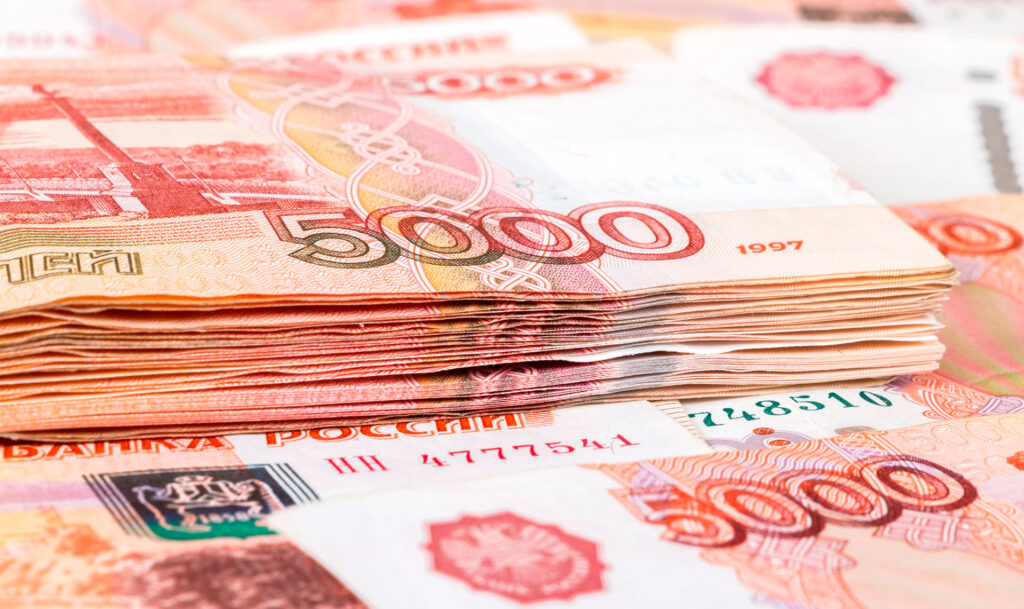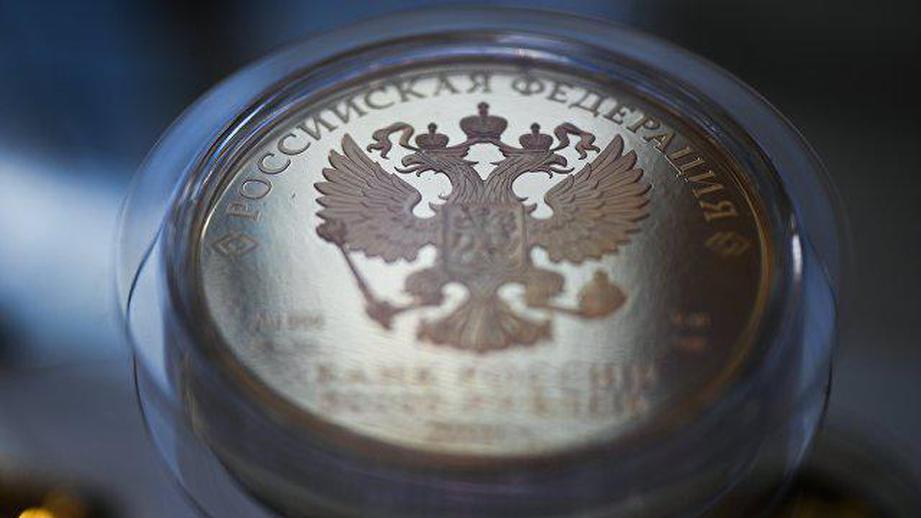Today, the Russian financial system causes controversy and discussions on many contemporary problems. These include a low satisfaction of traditional needs of citizens, a tense social situation, an imbalance in economic constituent elements, negative indicators of the reproduction dynamics, slow adaptation to fluctuations in the financial and commodity markets, and weakening of development rates.
The federal financial system is an actual economic relationship formed according to specific features. Almost all aspects of the life of a person are within the framework of these relations. They arise at the level of each individual, legal institutions, and entire states. At any governmental level, finances are components of social production that determine the very existence and quality of the entire system functioning.

Certain needs of state and legal business entities generate various types of relationships, including relationships with the Russian financial system. Funding is necessary for dynamic, early implementation of scientific and technical innovations; support for expanded reproduction and turnover of production state and private production assets; regulation of regional infrastructures and sectorial economic clusters; meeting urgent public needs.
Structural Elements of the Russian Financial System
The system includes interconnected organizations and institutions. The satisfaction of social needs as the main purpose of the economy determines the interaction of finances of all systemic state structures, including the social activity area. Common signs of interactions give rise to special financial bodies. Different institutions are engaged in the formation and subsequent use of funds.
There are in the system special structural divisions of these funding institutions, operating within their competence. The economy is formed on the practical relationship of institutions that regulate the creation, further redistribution, and final use of funding. The Russian economic structure includes the following monetary funds and legal institutions:
- The state budgetary system, which incorporates budgets of local self-government bodies, all constituent entities, and the Russian federal budget.
- The common stock market.
- Instruments of state loans.
- Financial foreign funds.
- Institutions of financing (crediting) business.
- State and private insurance funds.
National finance is based on multilevel budgets, government loans, and government off-budget social funds. These sources of finance govern all kinds of economic transactions and macroeconomic distribution relations. At the micro-level, economic and financial departments of companies, insurance authorities, banking, and credit entities bear responsibility for adequate economic transactions.
Economic relations at all levels of business entities are associated with constituent elements of the entire financial system. The national finances of Russia are closely related to the entire state economy. There is a certain integral duality. GDP functions as the budget revenue’s main source.
This source is formed and regulated in material production. Then the Russian budget and various social funds are compiled from taxes. Extended reproduction is funded by companies not only with their funds, but also through government loans, or direct budget allocations.
Raised Funds Strategy
The company’s finances are inextricably linked with the credit system. The lack of funds is made up of bank loans. Debt capital replaces working capital. Companies and commercial structures can cover emerging economic problems with the funds of third economic entities, such as various credit institutions, banks, investment, insurance companies, and others. An increase in the capital of an enterprise can be carried out through corporatization. The sale of loans is carried out by the issuance of bills and bonds.
The interrelation of the constituent elements of the financial system is determined by its unique essence. Russian state plays a decisive role in organizing, ordering, and developing society in terms of economy and social security. Such a socioeconomic approach allows economic entities not to attract their free financial resources permanently.
Capital is attracted from the budget of the Russian Federation in the form of government loans and investments of various funds. The assets of banking, credit, and insurance institutions are attracted in the form of free capital and the equity capital remains at the disposal of business executives.
The Opportunities of the Financial System
The economy and finance of Russia are governed by a multi-tiered structure. At each of its levels, the main task is being solved: the systematic formation and spending of the state general monetary fund. This structure is based on local, regional, and federal budget funds. State assets of any country become the main factor of economic security. The level of security is determined by the size and properties of the assets.
State assets of the Russian Federation:
- carry out social programs;
- go to the maintenance and functioning of the country’s defense system;
- finance bodies and management structures of all levels;
- provide for the solution of strategic tasks and the maintenance of high-tech industries;
- support the country’s economy in solving its long-term and current problems, and much more.
The country’s financial system consists of many elements. Some elements of the financial system of the Russian Federation are financed following the approved targets for income and expenditures, while other sectors do not have this opportunity.For example, targeted extra-budgetary funds are created for social or medical programs and the state can function as a borrower of financial resources from the subjects of this market.

Here creditors are legal entities and individuals who own free funds. They resort to a loan when the budget deficit is formed. Loans are also attracted for short-term monetary support of the country’s financial stability. If Russia is credited by foreign organizations or private structures, then a state debt arises.
Debt depending on the jurisdiction of the creditor is defined as internal and external. Government debt obligations are presented in the form of government loans against marketable securities.
Changes after the Collapse of the USSR
In recent years, the development of the Russian financial system has slowed sharply. Some sectors of the Russian state economy are still showing some growth, but most sectors are in stagnation. But the banking system was practically restored after the 1998 crisis. The credit system is also successfully developing, which has a positive effect on the revival of the country’s economy.
The share of loans to the private sector is constantly growing, which indicates an increase in the general level of well-being of Russian residents. There is also an increase in stock indices and ratings of the external financial stability of the Russian Federation. At the same time, the level of participation of foreign capital in the Russian financial system relative to the economies of Germany, the USA, France, and other countries is low.
The stable dynamics of growth of indices and ratings work to attract foreign and domestic investors. In recent years, there has been a certain increase in financial resources and a significant decrease in the decline in interest rates on loans. This is due to the intensification of foreign trade, export of raw materials, and the general foreign economic state policy.
The availability of funds, stimulated by a decrease in interest rates, made it possible to intensify the work of budget-makers, which, in turn, enhance the country’s companies, which stimulate economic growth. The modern Russian financial system, as a result of the reforms carried out, was triggered to fulfill its main function — to ensure stable growth of the country’s economy as a whole.
Financial Reforms
In 2006, fundamental legislative reforms were carried out in the field of budgetary expenditures. The process of forming municipal and city budgets began. At the same time, the relevant legislative base has been significantly revised and reformed.
One of the main risks of the Russian financial system is overdue bank liabilities. The total amount of debt is growing, which affects certain sectors of the economy. According to economists, debts can grow up to 10% of the structure of the loan portfolio.

The Russian government proposes to increase the capitalization of large banks at the expense of government bonds, raise the bar for the insurance part of the deposit, and practice the revocation of licenses for carrying out financial activities from unreliable financial structures.
Problems & Prospects
Reputable Russian economists believe that the weakness of the domestic financial system is caused by the inability to quickly adapt to constantly changing market conditions, as well as a significant dependence on the export of raw materials and weak competition. The government is seeking to defuse monetary problems through economic reforms.

The funds accumulated during the period of budget surplus, that is, until 2008, are regularly sent to the Reserve Fund. But such funds are not limitless and will run out in a few years. Today Russia is in a difficult process of building an economic structure, which is accompanied by significant credit debt. It is rather difficult to regulate the stability of the redistribution of resource flows in the domestic market.
An economy based on the foundation of bank financing can quickly respond to any changes. The Central Bank of the Russian Federation is the last participant in this credit structure. Therefore, the development of the financial system of the Russian Federation will begin with the banking sector as the main operator of the redistribution of resource flows with the parallel development of financial markets.








